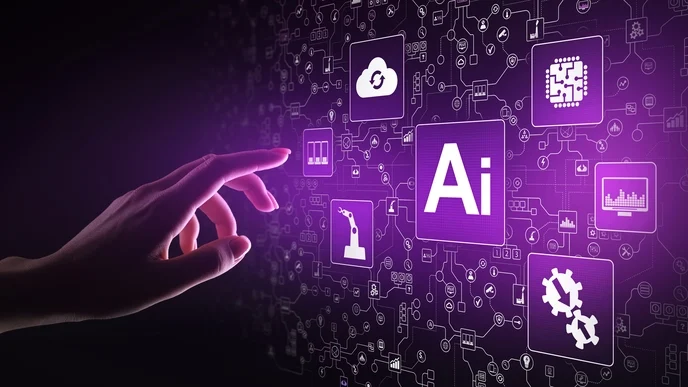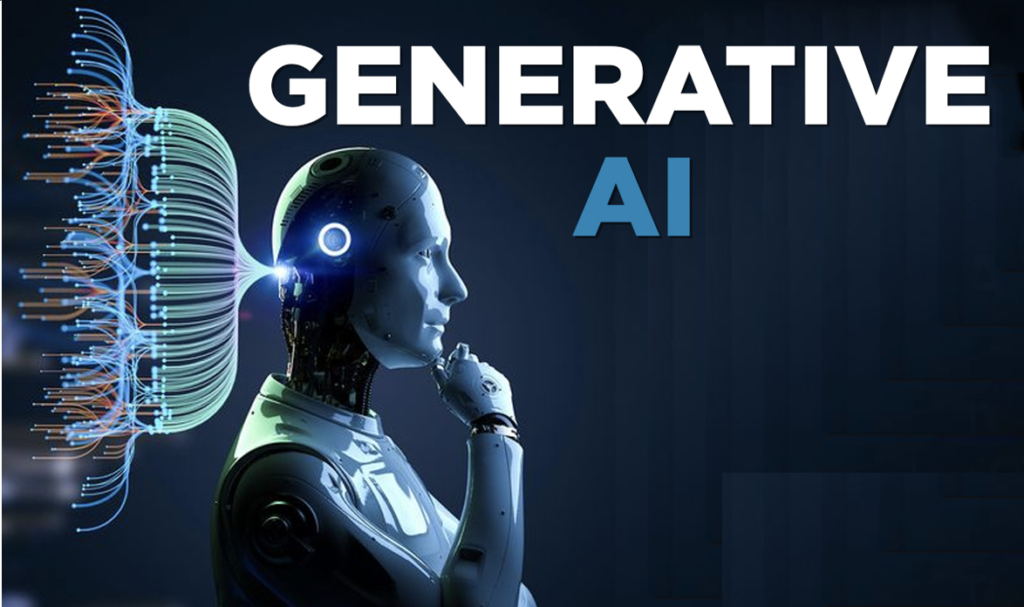Table of Contents
What is Generative AI?
Generative AI refers to a class of artificial intelligence models designed to create new content—such as text, images, audio, or even code—by learning from existing data. These models can generate anything from realistic images to conversational responses, making them incredibly versatile and innovative tools. At its core, generative AI mimics human creativity by understanding patterns within vast data and using these insights to produce new, similar outputs.
The most notable types of generative AI include large language models (e.g., GPT), text-to-image generators, and generative adversarial networks (GANs). By using neural networks, these AI models learn how to generate coherent, contextually accurate content, that and often indistinguishable from human-generated content.

How is Generative AI Being Used Today?
Generative AI is finding applications across multiple industries, helping companies enhance productivity, improve customer experiences, and innovate faster. Here are a few of its prominent uses today:
- Content Creation and Copywriting: Generative AI models are widely used in marketing, journalism, and entertainment to create articles, social media content, and even film scripts. They provide support in generating engaging content quickly and with minimal manual effort.
- Image and Video Creation: Artists and designers use generative AI to produce unique visuals, design mockups, and even deepfake videos. AI tools such as text-to-image generators are particularly popular for creating realistic images from textual descriptions.
- Customer Service: Many businesses use generative AI to improve customer service with chatbots that can handle a wide range of inquiries, providing human-like responses. This enhances efficiency and allows businesses to handle large volumes of customer interactions smoothly.
- Healthcare and Drug Discovery: In healthcare, generative AI aids in developing new drug compounds and identifying treatment strategies. AI-driven simulations and analyses are transforming R&D in medicine, leading to faster breakthroughs.
- Gaming and Virtual Worlds: Generative AI is also popular in the gaming industry, where it helps create immersive environments, dynamic character interactions, and realistic gameplay elements, making gaming experiences more lifelike and engaging.
What are the Benefits of Generative AI?
Generative AI offers several advantages that have made it highly sought after across different fields:
- Enhanced Creativity: Generative AI opens up new avenues for creativity by enabling artists, writers, and designers to explore uncharted styles, patterns, and ideas, pushing the boundaries of human creativity.
- Increased Efficiency: By automating repetitive tasks, generative AI enables professionals to focus on more complex work. This helps save time and resources, allowing businesses to innovate faster.
- Personalization: With gen AI, businesses can create highly personalized content or experiences tailored to each user’s preferences, enhancing customer satisfaction and engagement.
- Problem-Solving: Gen AI models can analyze large datasets and suggest unique solutions to problems, often providing fresh perspectives and insights that humans may not have considered.
- Accessibility: For individuals with disabilities, generative AI tools can assist in content creation, communication, and other daily tasks, increasing accessibility and inclusion.

What are Some Pitfalls of Generative AI?
While generative AI has a host of benefits, it also comes with some significant challenges:
- Bias in AI Models: Gen AI models can inherit biases from their training data, leading to unfair or harmful outputs. This is especially concerning in areas like hiring or content generation, where biased results can have real-world consequences.
- Intellectual Property and Copyright Issues: Since gen AI models are trained on existing data, the content they produce can sometimes resemble copyrighted material, raising legal concerns about originality and ownership.
- Misinformation and Misuse: Gen AI can produce convincing fake content, which can be misused to spread misinformation or create deepfakes, potentially leading to reputational or even legal consequences.
- Resource-Intensive: Developing and running gen AI models requires substantial computing power and data, which can be costly and environmentally taxing. This limits accessibility and raises questions about sustainability.
- Ethical and Privacy Concerns: Gen AI raises ethical questions about autonomy, creativity, and the rights of individuals. For instance, AI-generated content can sometimes blur the line between human and machine authorship, leading to ethical ambiguity.
How to Use Generative AI in Your Day-to-Day Life
Here are some practical ways to incorporate generative AI into your daily routines:
- Writing Assistance: Use tools like ChatGPT for drafting emails, writing blog posts, or brainstorming ideas. These tools can help overcome writer’s block and improve the efficiency of your writing process.
- Creating Visuals for Social Media: Gen AI can help create eye-catching visuals or infographics for social media, helping you maintain a vibrant online presence without needing extensive design skills.
- Learning and Skill Development: Gen AI can simulate real-life scenarios for training, such as language learning, problem-solving, or even coding tutorials, providing hands-on practice and instant feedback.
- Productivity and Planning: Many gen AI tools help with task automation, like generating to-do lists, organizing schedules, or providing reminders, making day-to-day tasks more manageable.
- Shopping and Style Recommendations: Personalized shopping recommendations or styling advice, powered by gen AI, can make online shopping more enjoyable and tailored to individual preferences.

Gen AI is an exciting technology with transformative potential in various fields. While it offers notable benefits in enhancing productivity, creativity, and personalization, it’s also important to be aware of its challenges, including biases, ethical considerations, and resource demands. By understanding both the advantages and pitfalls, individuals and businesses can make informed decisions about using generative AI responsibly and effectively in everyday applications.